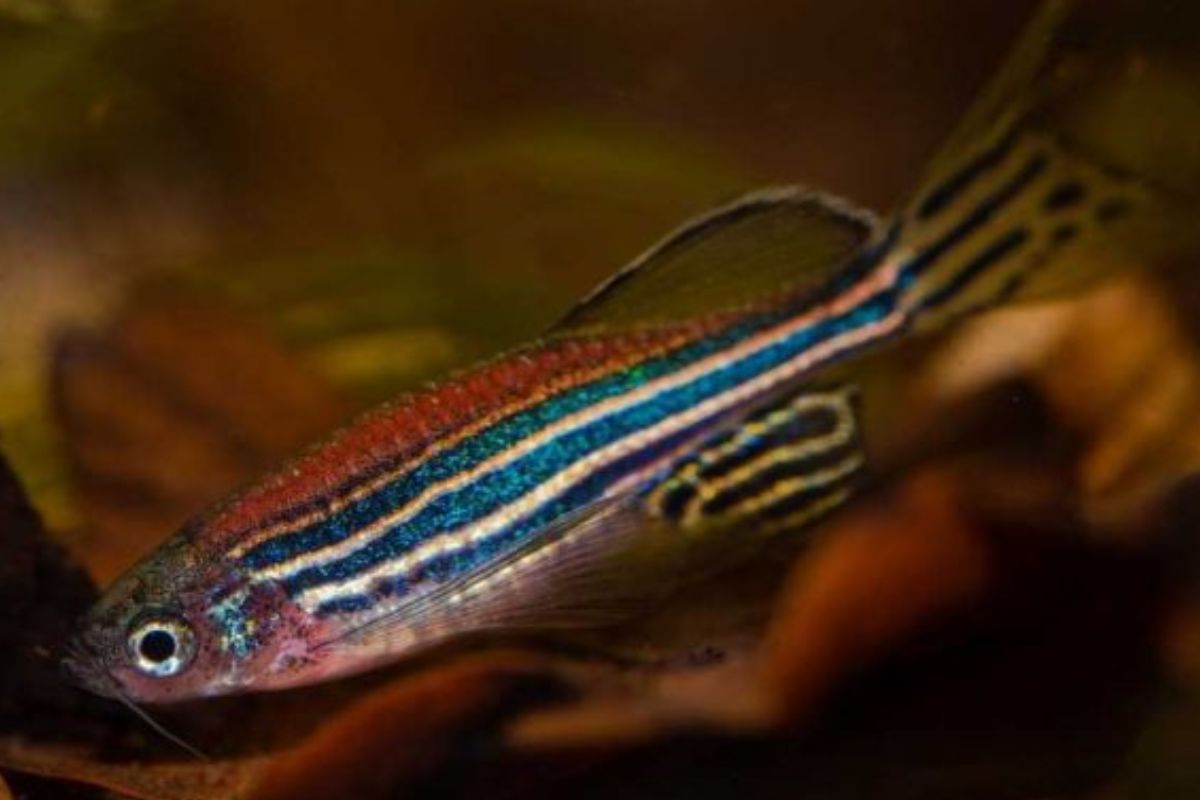Uncharted Warming
The earth has just witnessed its hottest January on record, defying expectations and leaving climate scientists scrambling for answers.
Whole-brain functional imaging revealed not only the existence of positional homeostasis in larval zebrafish, but also how the brain identifies and corrects changes in zebrafish location.

[Photo: medicineworldcouncil.com]
A multiregional brain circuit allows larval zebrafish to track where they are, where they’ve been, and how to get back to their original location after being displaced, researchers report December 22 in the journal Cell.
The results shed light on how larval zebrafish track their own location and use that to navigate after being pushed off course by currents.
Advertisement
“We studied a behavior in which larval zebrafish must remember past displacements to accurately maintain their location in space because, for instance, water flow can sweep them into dangerous areas of their natural environment,” says senior author Misha Ahrens of the Janelia Research Campus, Howard Hughes Medical Institute.
Advertisement
“Yet it is unknown whether they explicitly track their location over long timescales and use memorized positional information to return to their earlier location — a behavior we term positional homeostasis. Such capabilities can be ethologically critical because larval zebrafish swim intermittently and are moved by currents during rest.
” Many animals keep track of where they are in their environment. They use self-location information for many important behaviors, such as efficiently returning to safe locations after visiting unknown and potentially dangerous areas, revisiting food-rich areas, and avoiding foraging in food-poor areas.
While self-location is represented in the hippocampal formation, it is unknown how such representations arise, whether they exist in more ancient brain regions, and by what pathways they control locomotion.
“Such circuits have been difficult to pinpoint because neuroscience typically relies on recordings from cells in preselected brain regions that cover a small fraction of all neurons in the brain,” says first author En Yang of the Janelia Research Campus, Howard Hughes Medical Institute.
In the new study, the researchers set out to identify complete navigational circuits in larval zebrafish, from motion integrators to premotor centers, by exhaustively imaging and analyzing the entire brain at cellular resolution during a behavior that relies on self-localization.
Access to more than 100,000 neurons per animal revealed brain regions that were previously unknown to be involved in self-localization, leading to the discovery of a multiregional hindbrain circuit mediating a transformation from velocity, through displacement memory, to behavior.
“Our results reveal a neural system for self-localization and associated behavior in the vertebrate hindbrain and provide a circuit-level, representational, and control-theoretic understanding of its function. The system functions in a closed-loop with dynamic environments, and the environment-brain-behavior loop encompasses integration, neural representations of self-location, and motor control,
” Ahrens says. “These results demonstrate the need to consider brains at the holistic level and to unify systems neuroscience concepts — such as self-localization and motor control — that are often studied separately.”
Whole-brain functional imaging revealed not only the existence of positional homeostasis in larval zebrafish, but also how the brain identifies and corrects changes in zebrafish location.
The underlying circuit compute’s self-location in the dorsal brainstem by integrating visual information to form a memory of past displacements as the animal actively or passively changes its location.
This self-location representation is read out by the inferior olive as a long-lasting positional error signal, reflecting the difference between the fish’s original and current position. This signal is transformed into locomotor output that corrects for accumulated displacements over the course of many seconds.
The authors say this multiregional circuit has potential anatomical and functional homologues in mammals and may interact with other known representations of self-location.
Moreover, this work connects self-localization and olivocerebellar motor control and establishes the vertebrate hindbrain as a neural control center for goal-directed navigational behavior.
“Our results on location memory and positional homeostasis resonate with the idea that evolutionarily ancient brain regions contribute centrally to higher-order behaviors,
” Ahrens says. “The idea that cognitive processes are widely distributed across the nervous system aligns with the evolutionary proposition that complex behaviors emerged, in part, by building new circuits on top of ancient brain structures that perform related computations.
Brain-wide surveys of neural activity may thus be critical for determining the mechanisms of distributed cognitive function.”
Advertisement